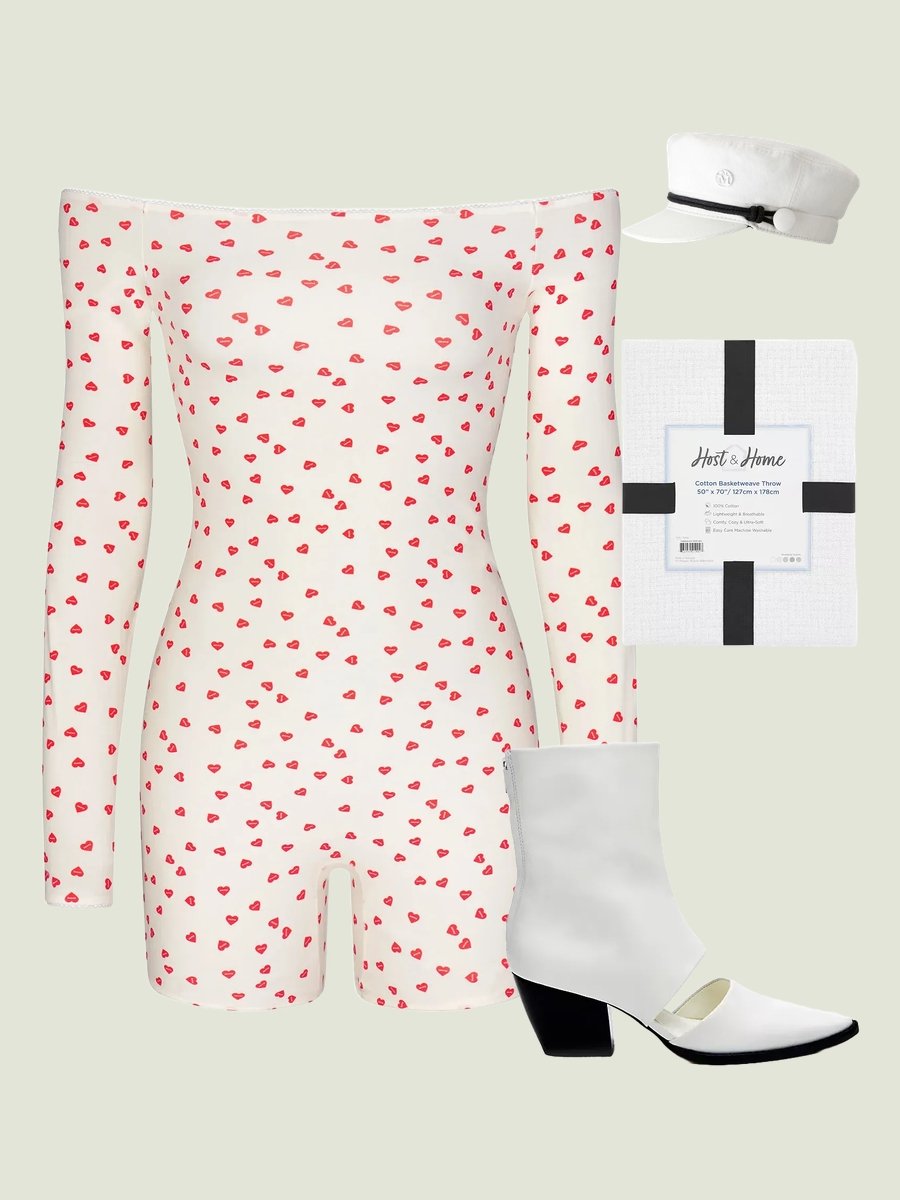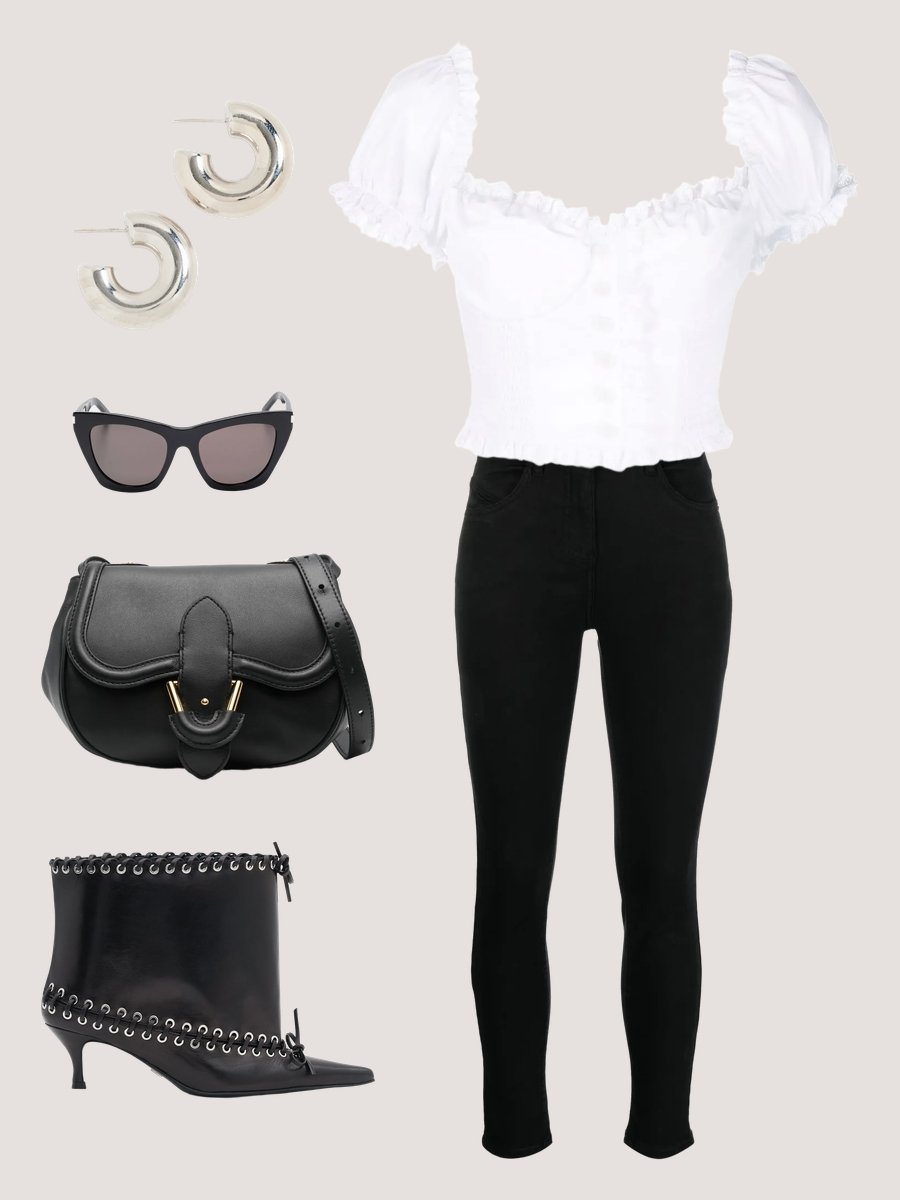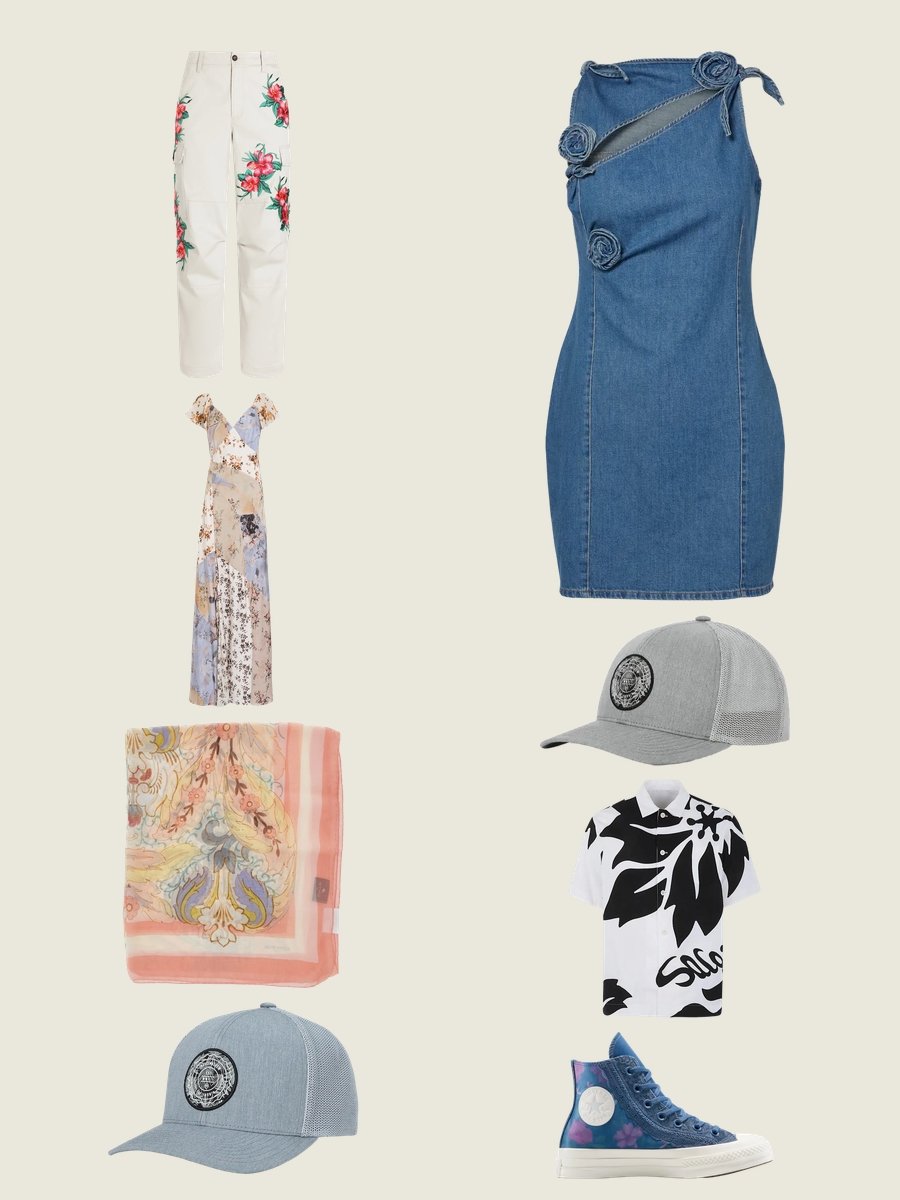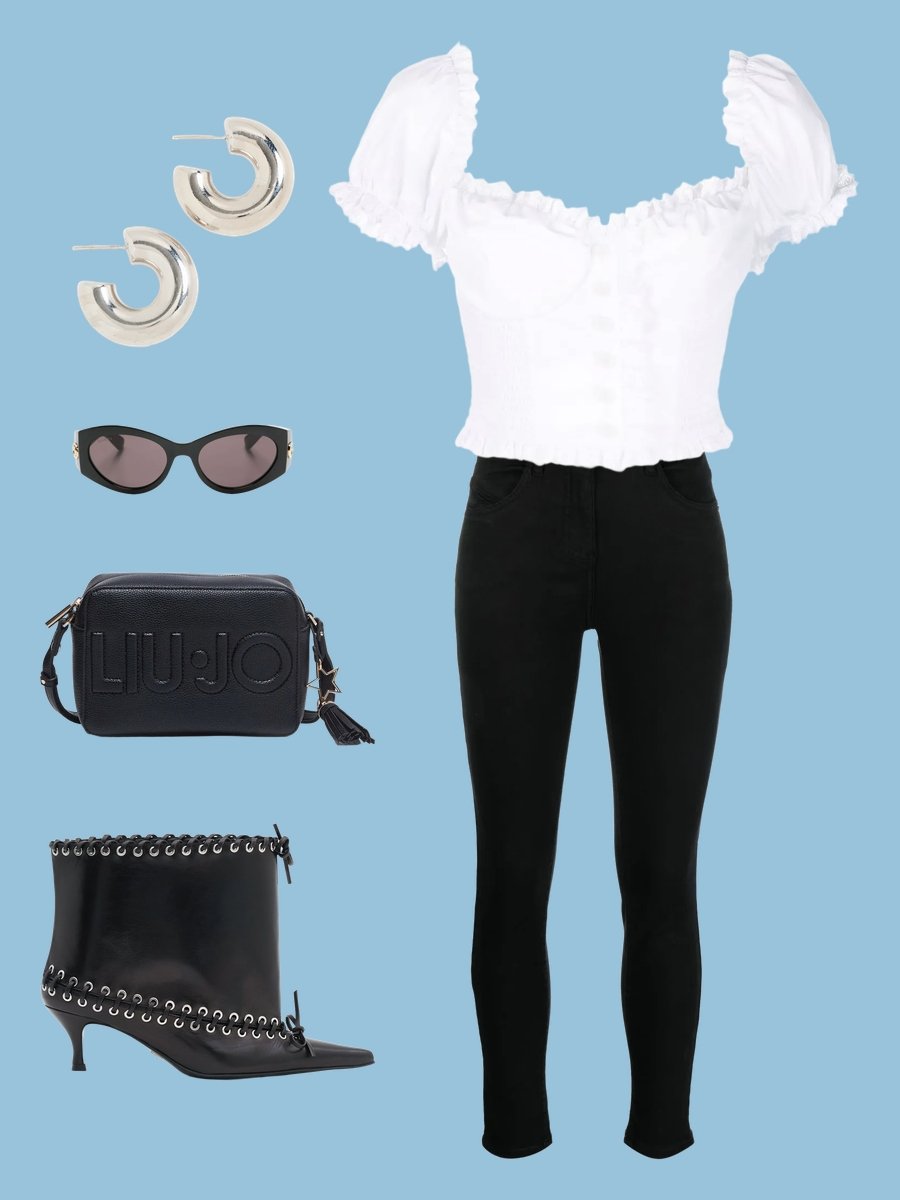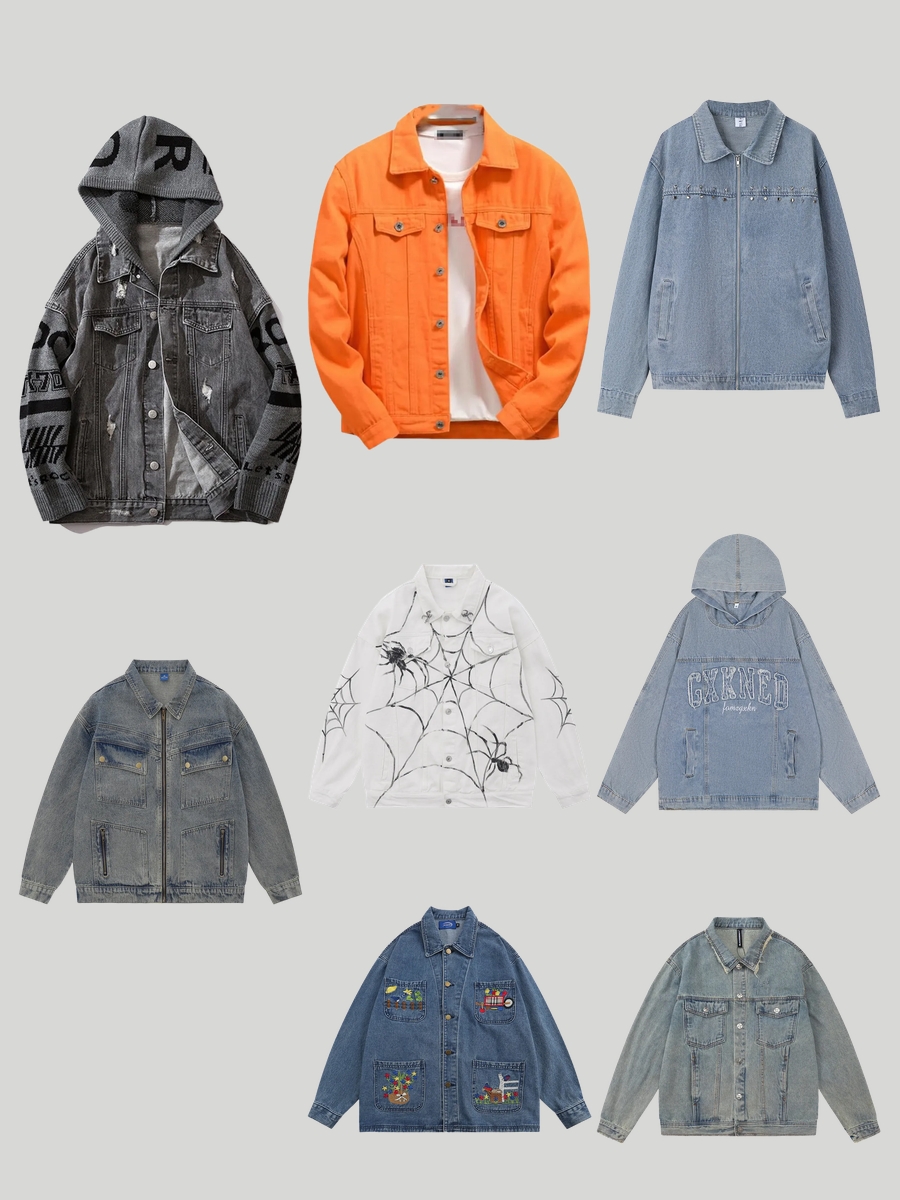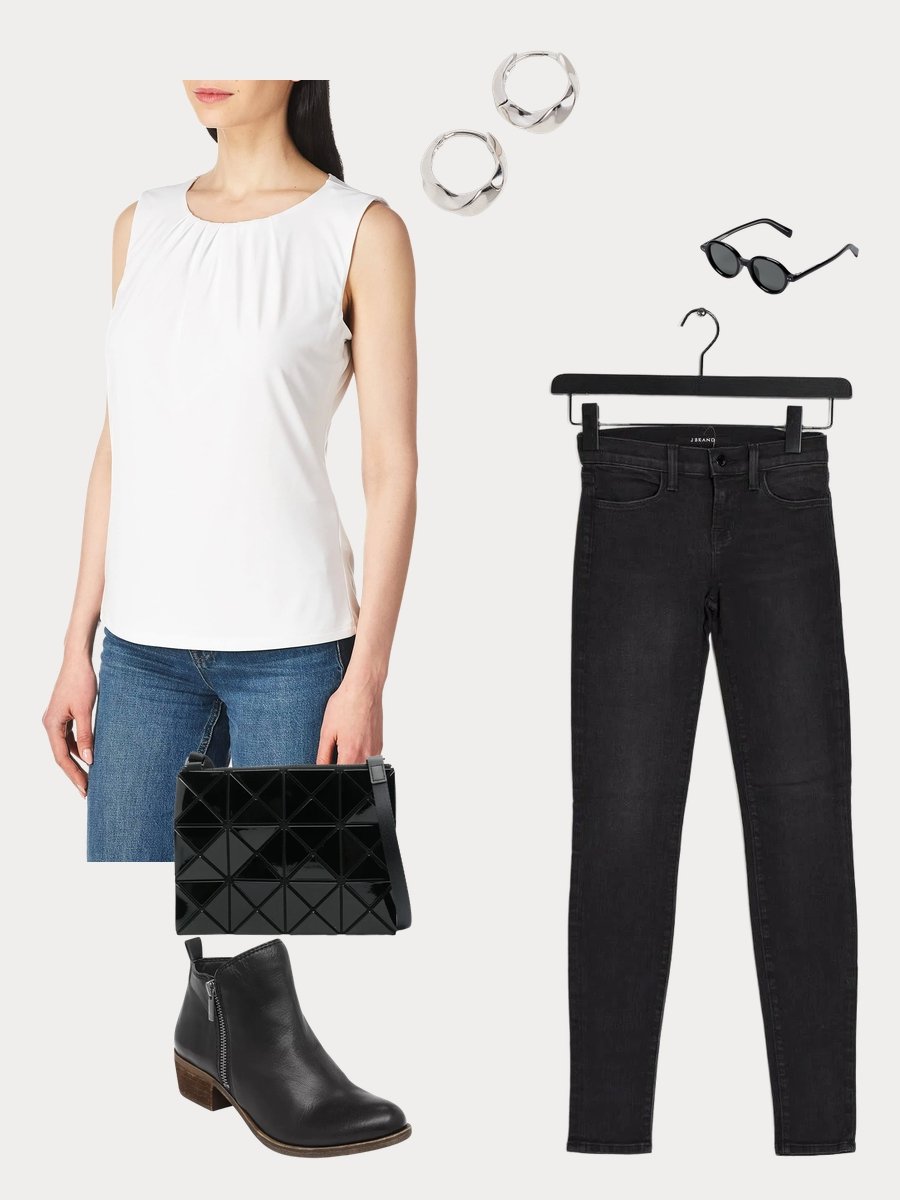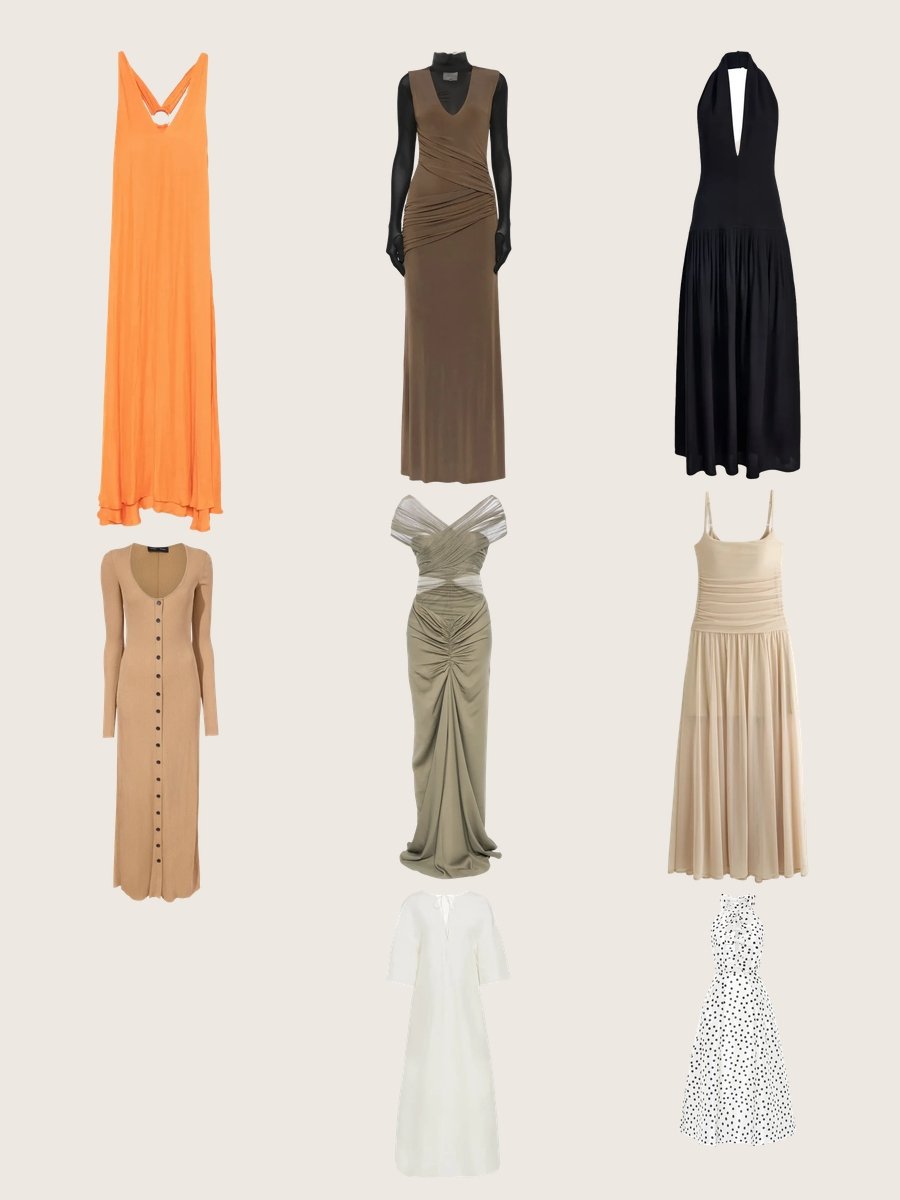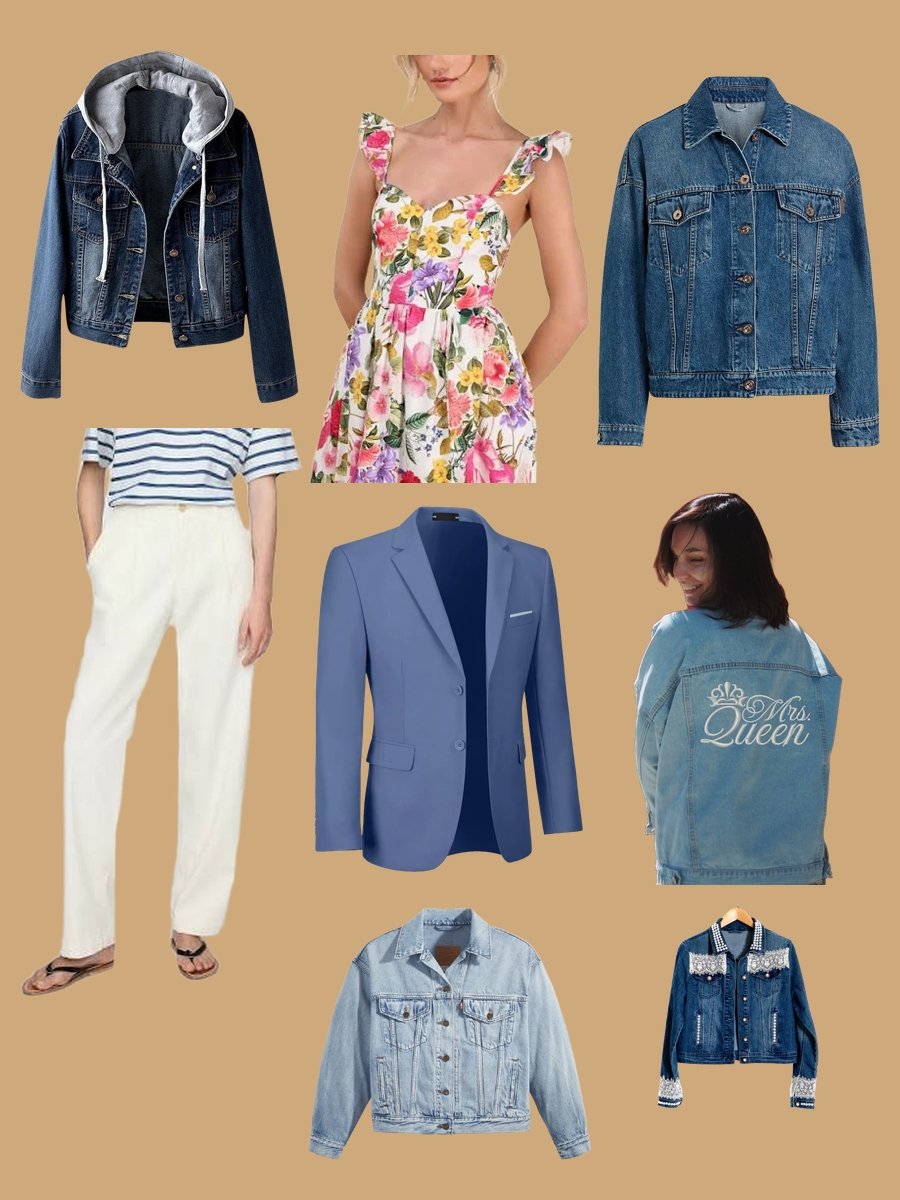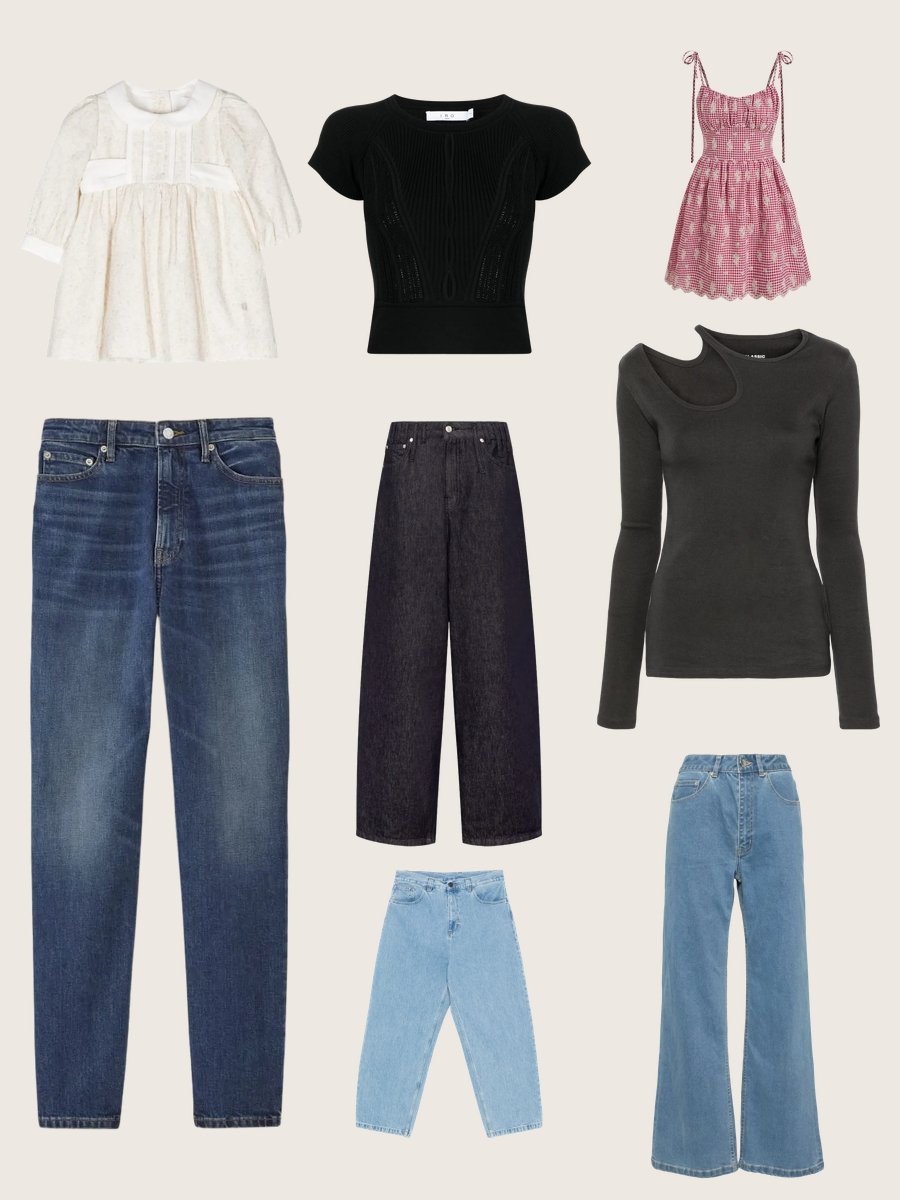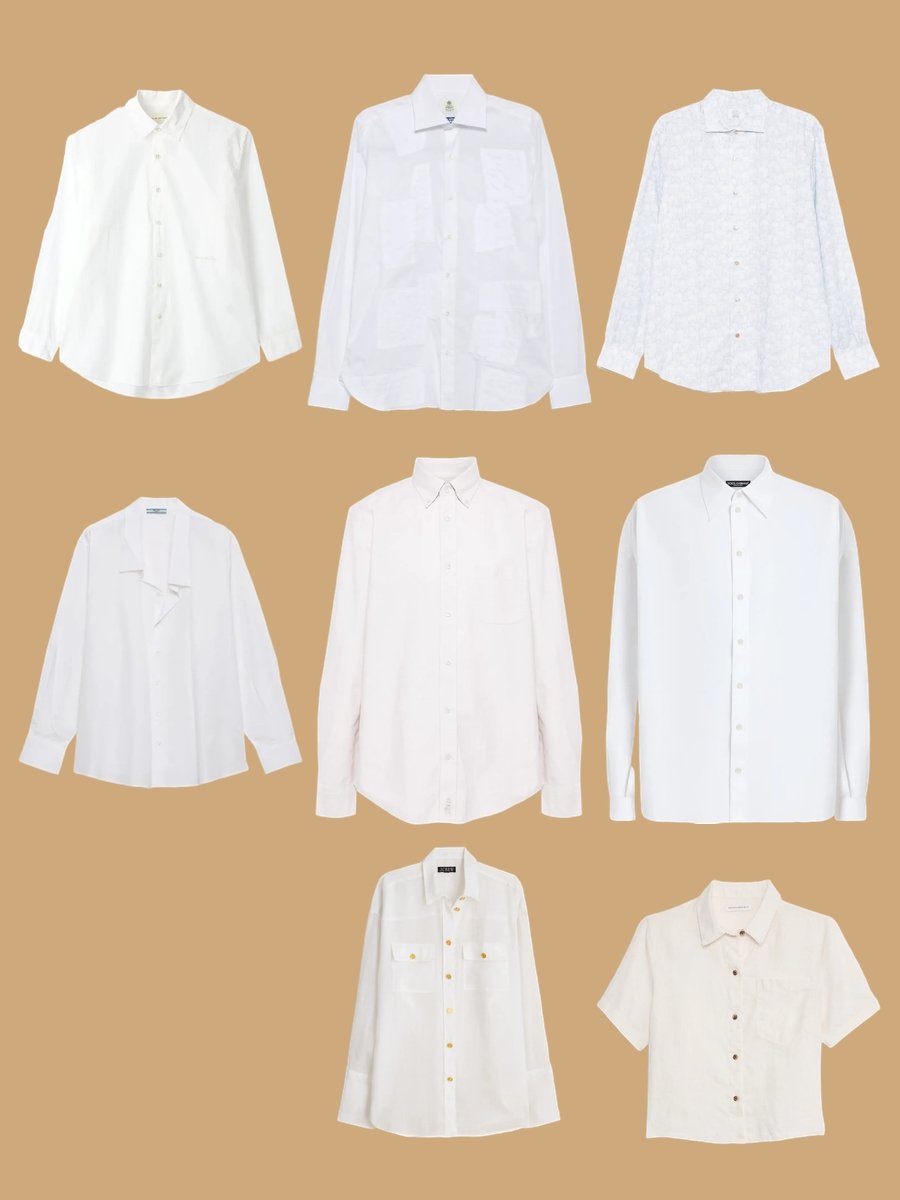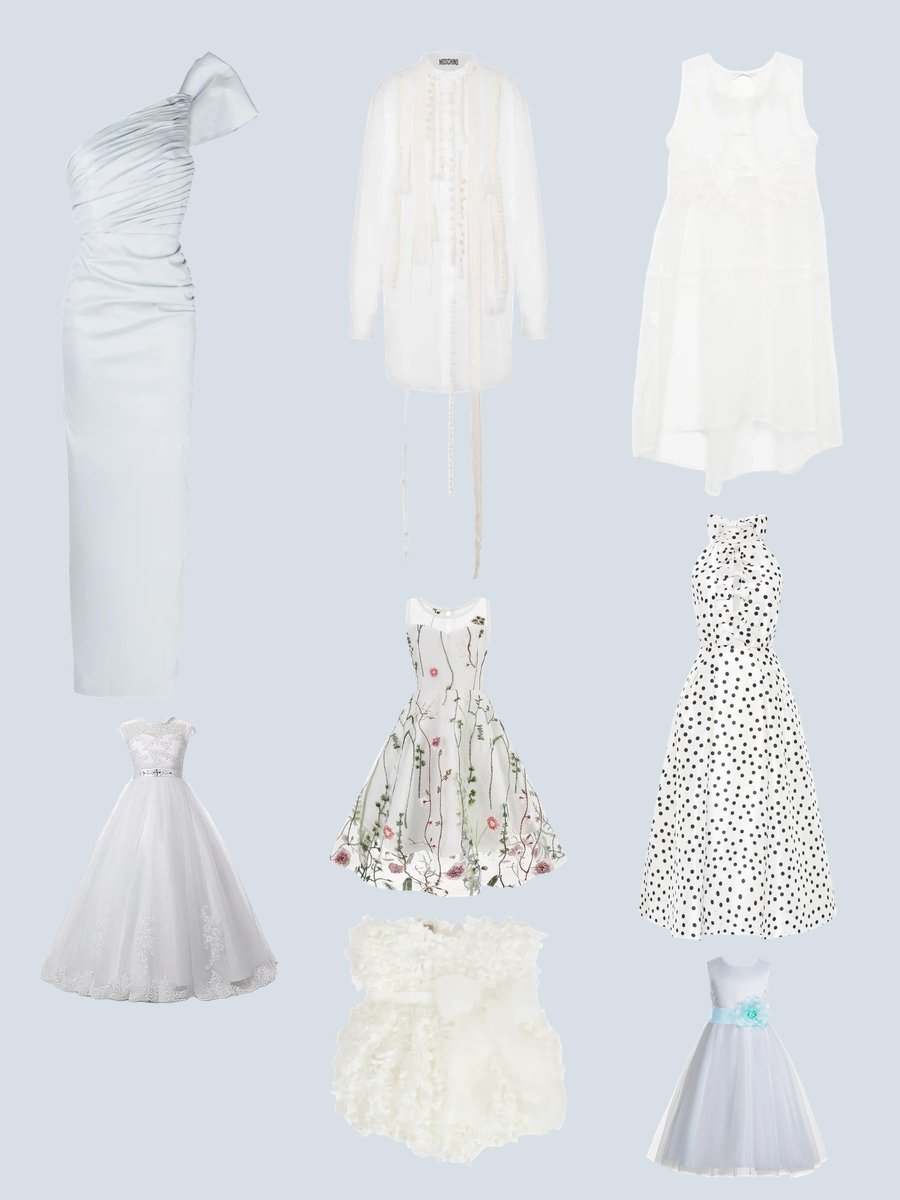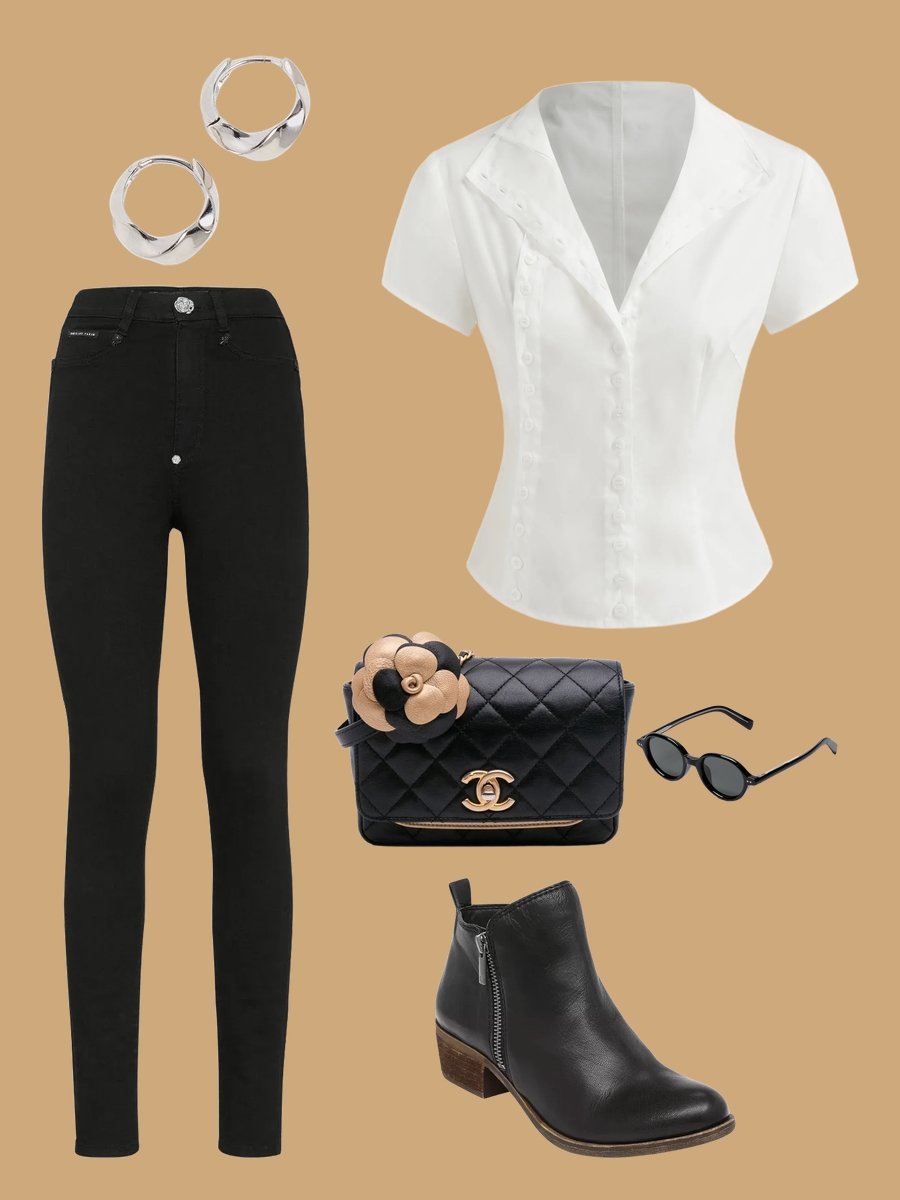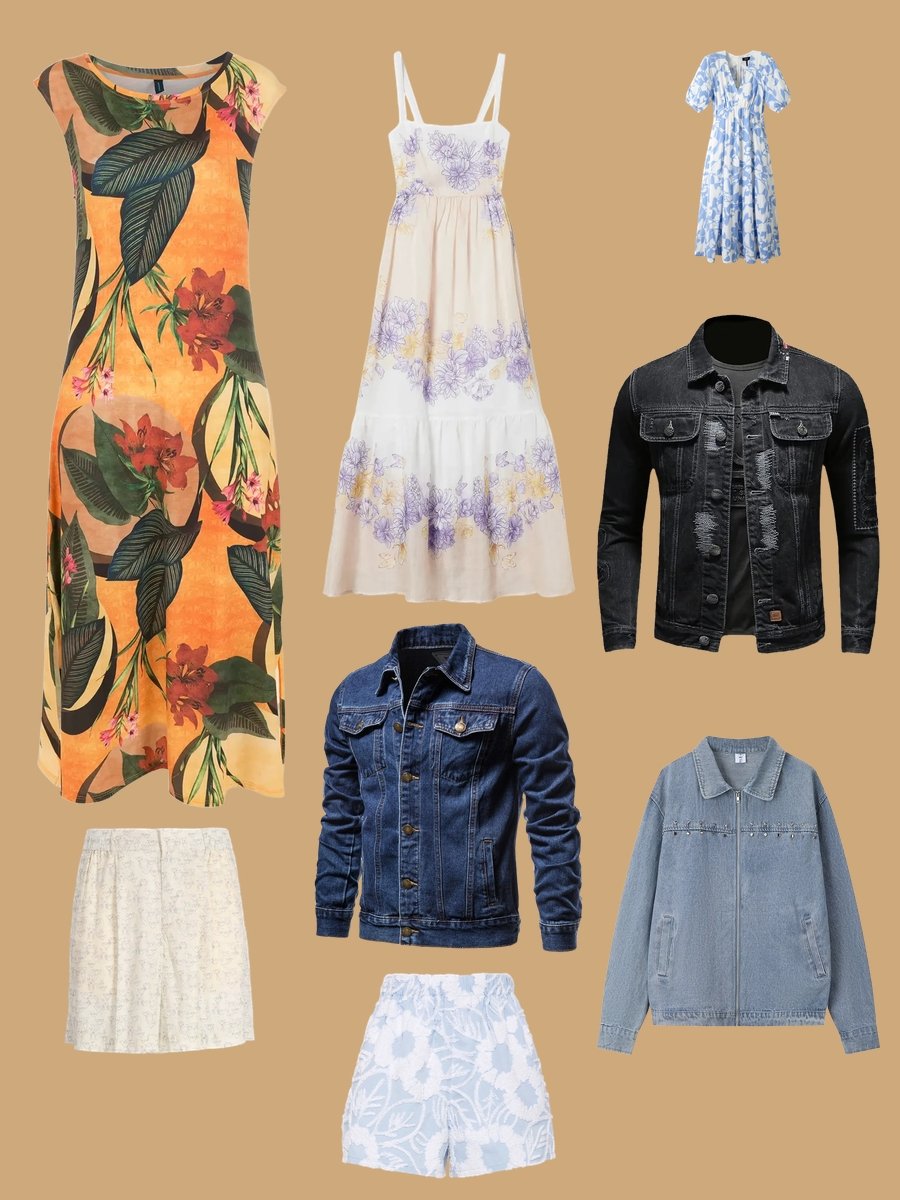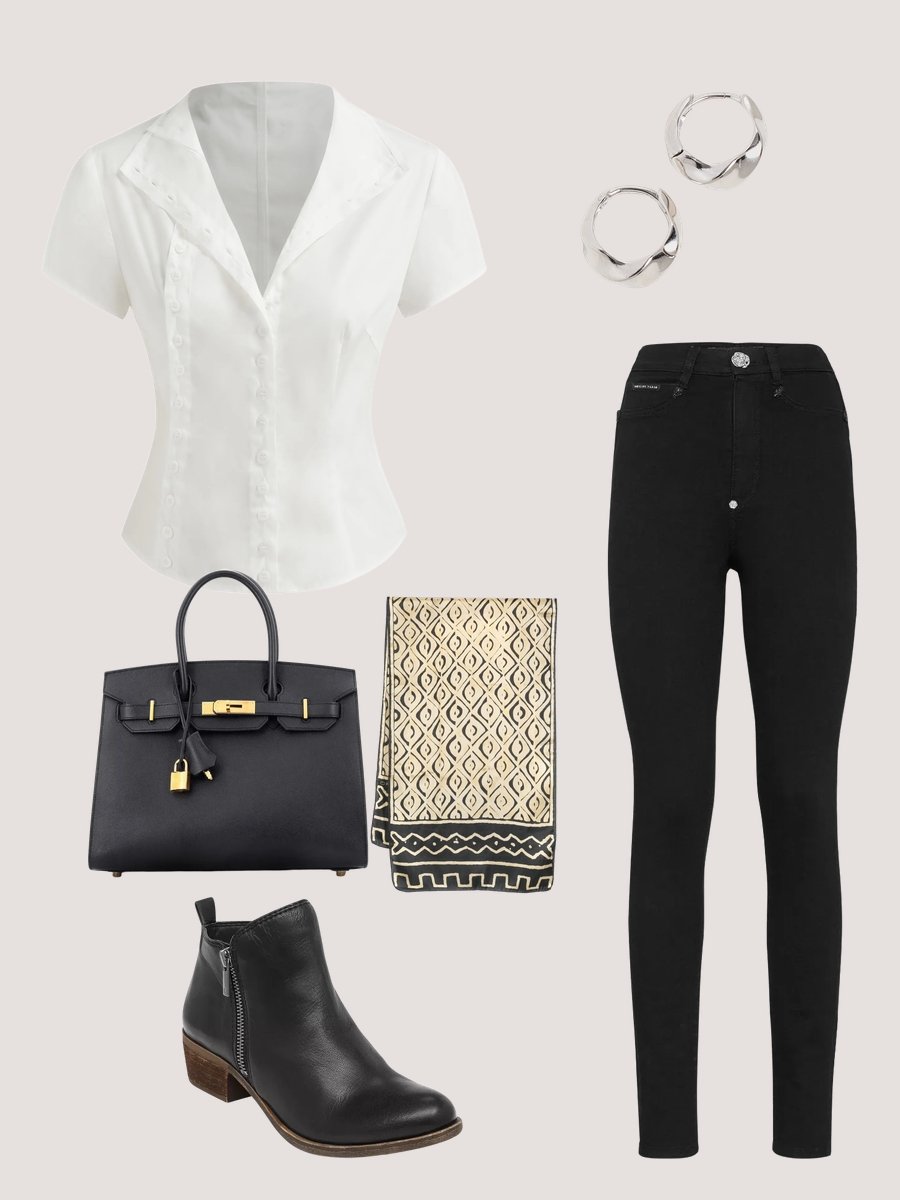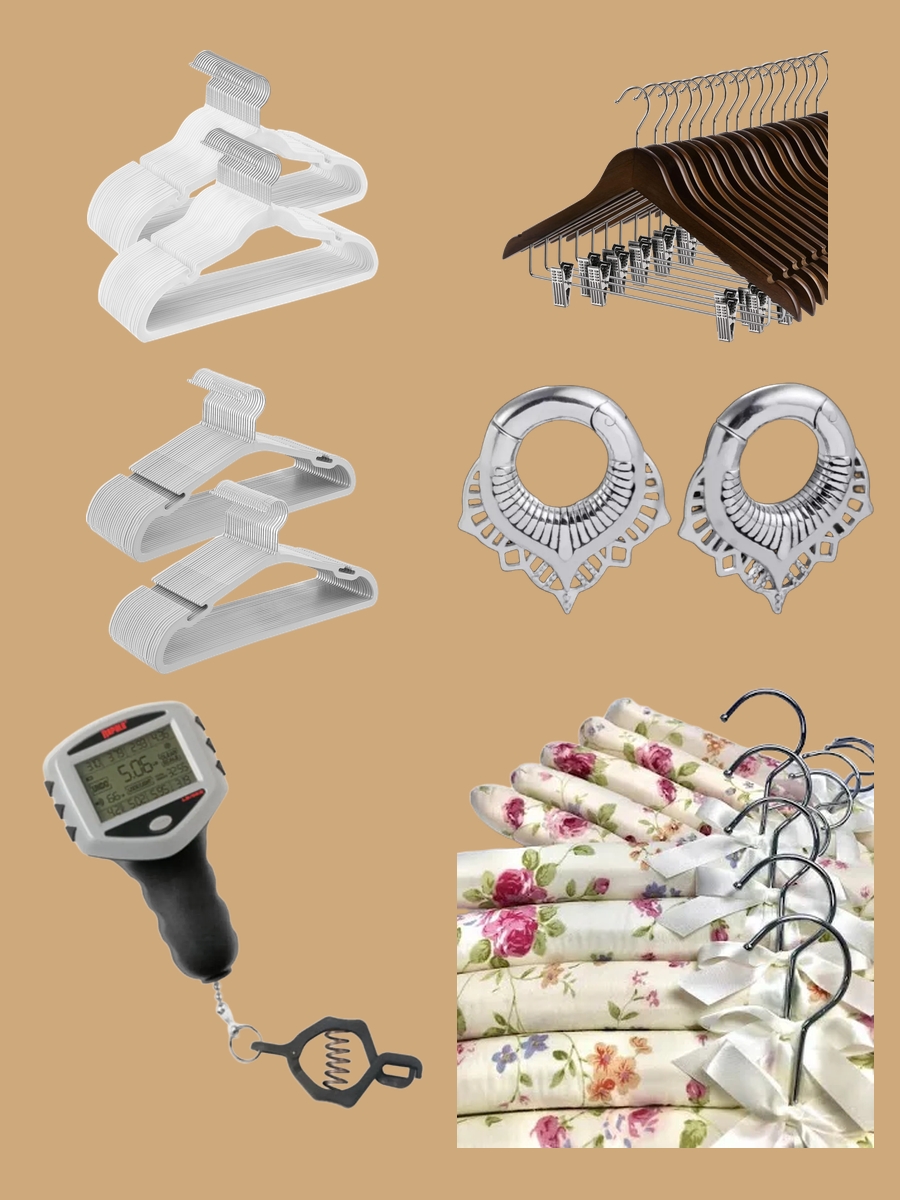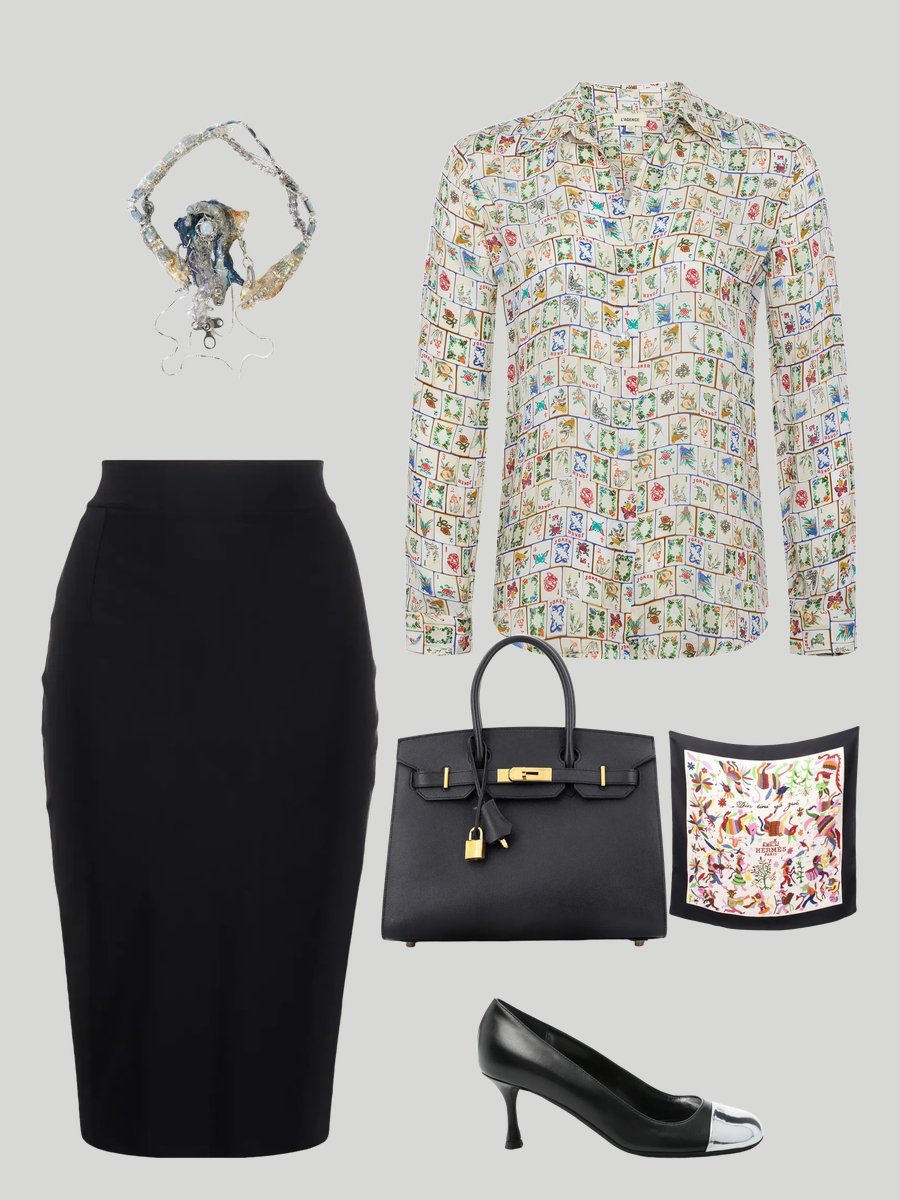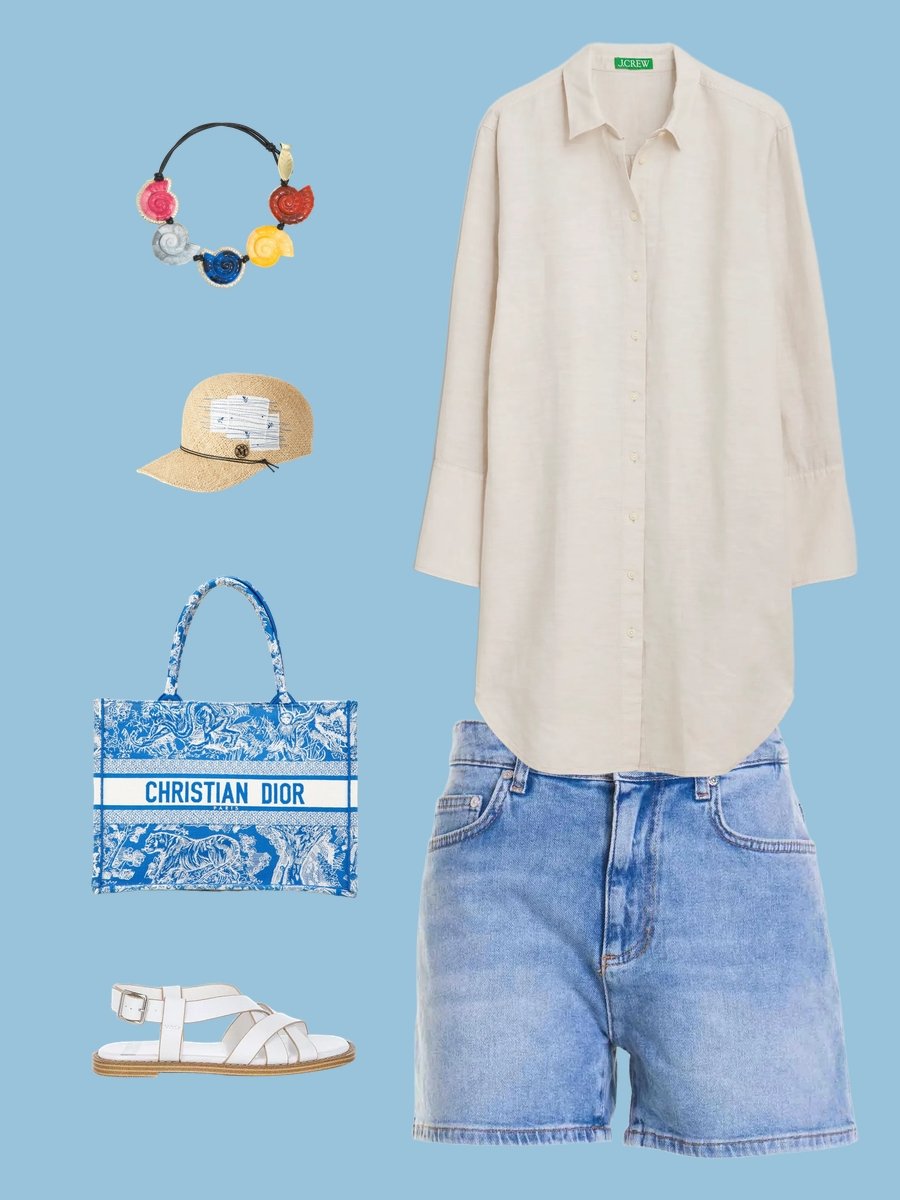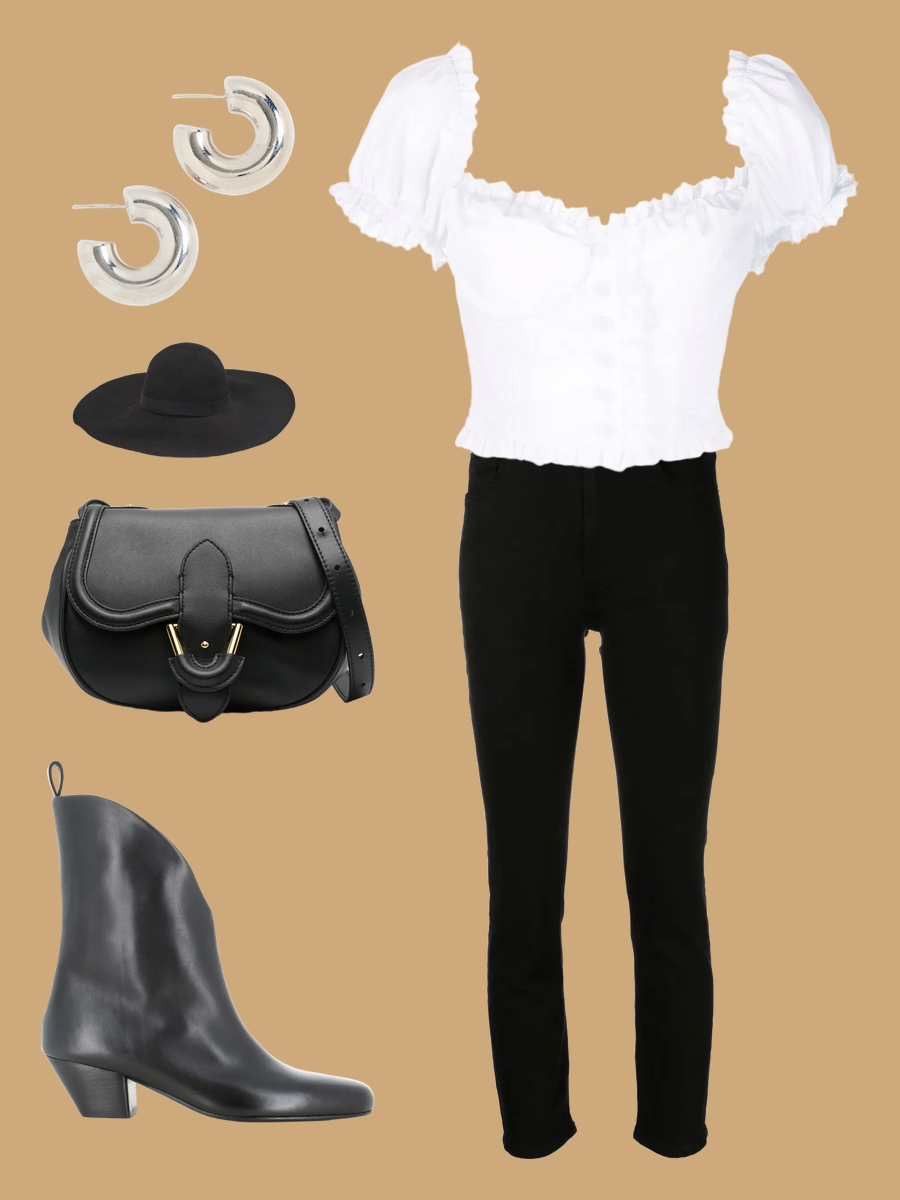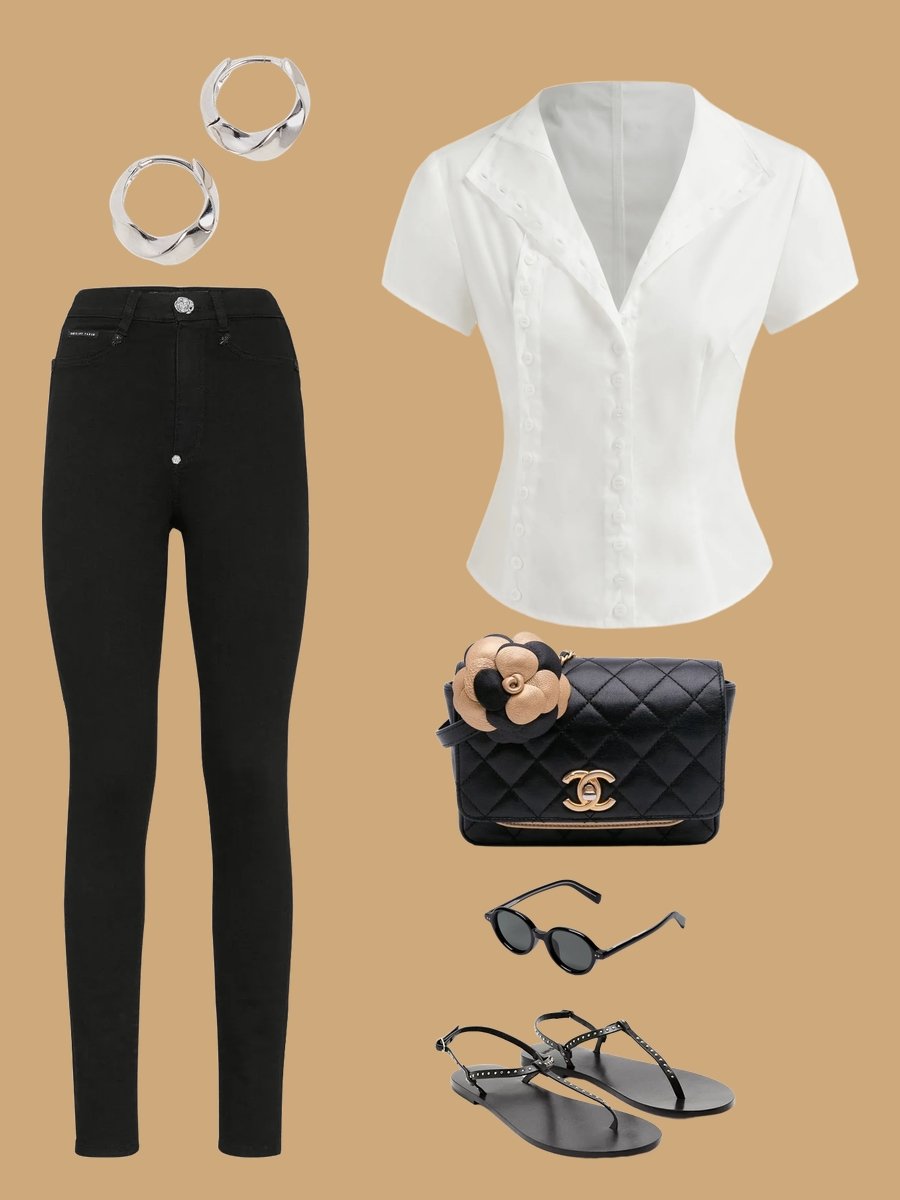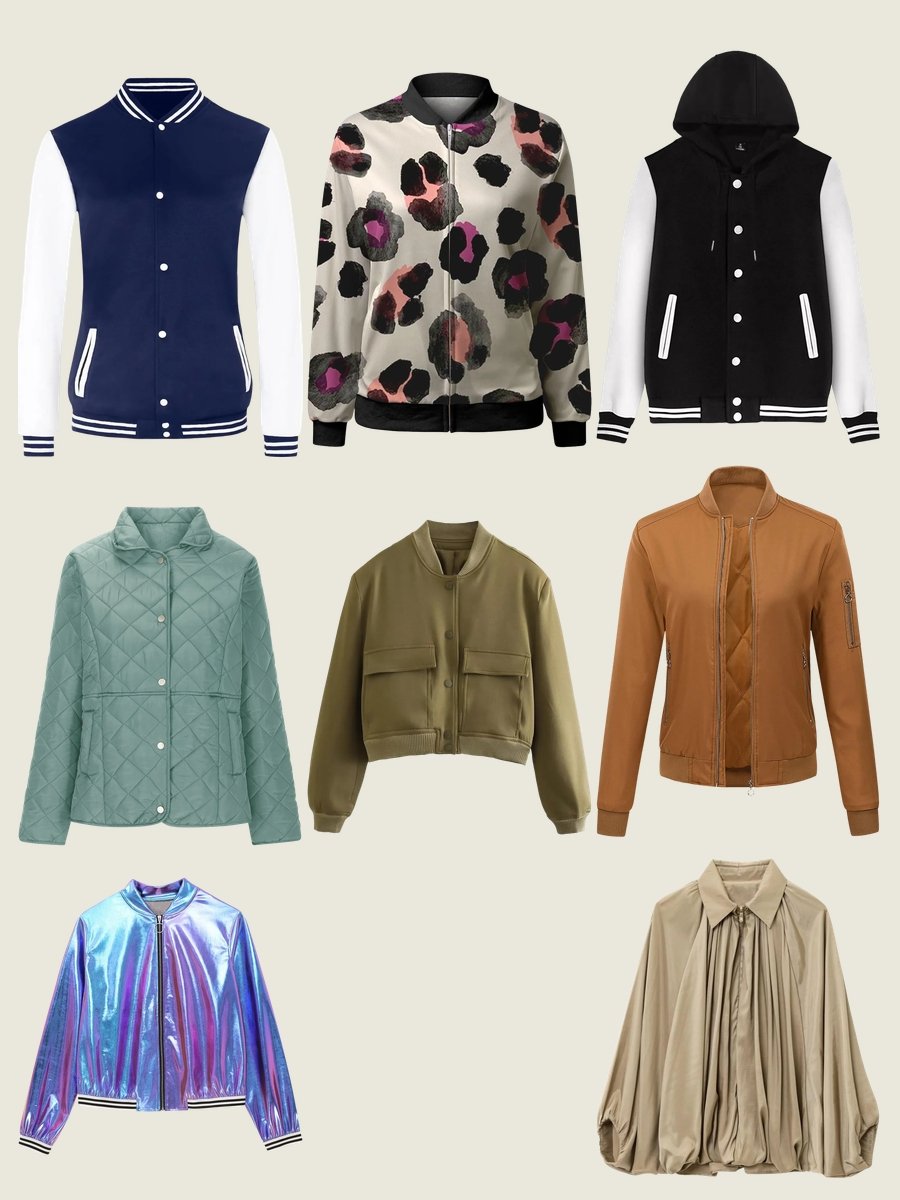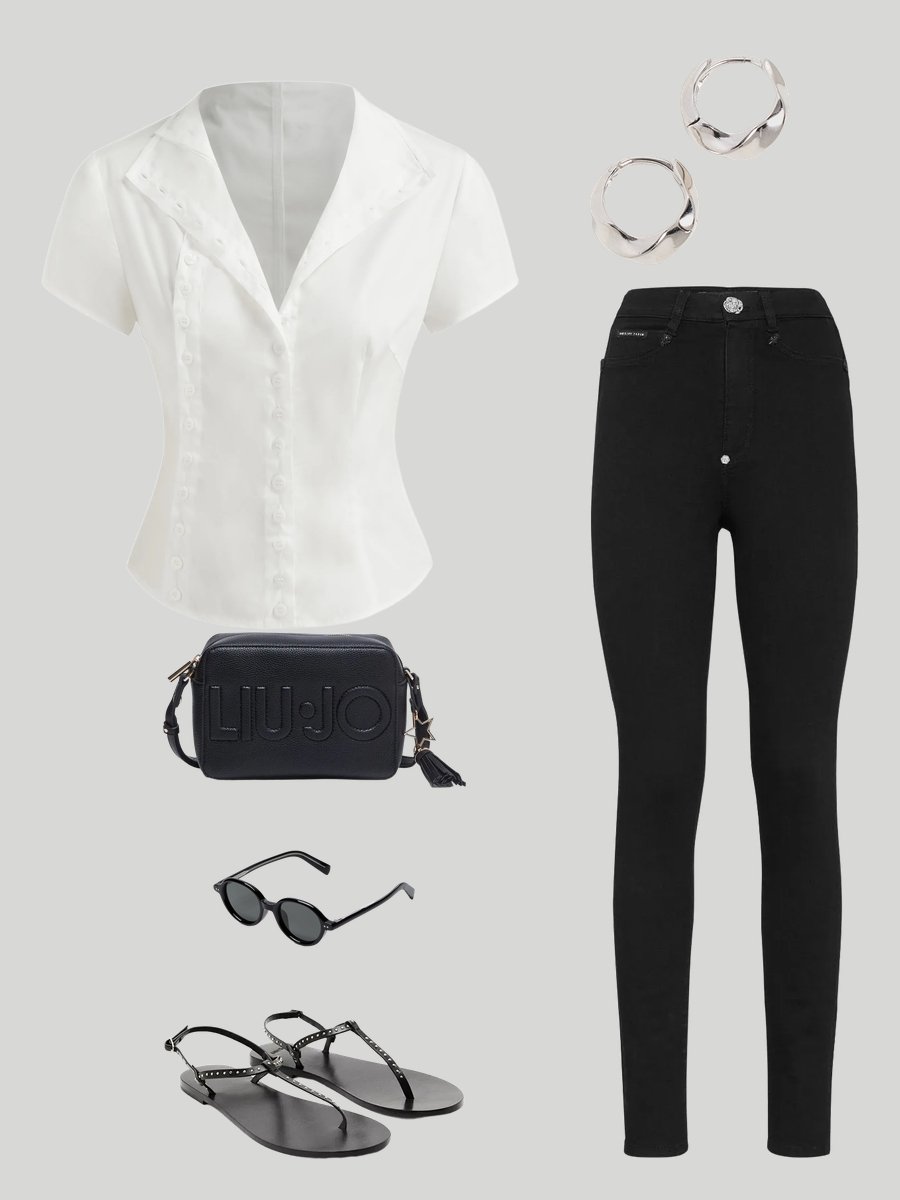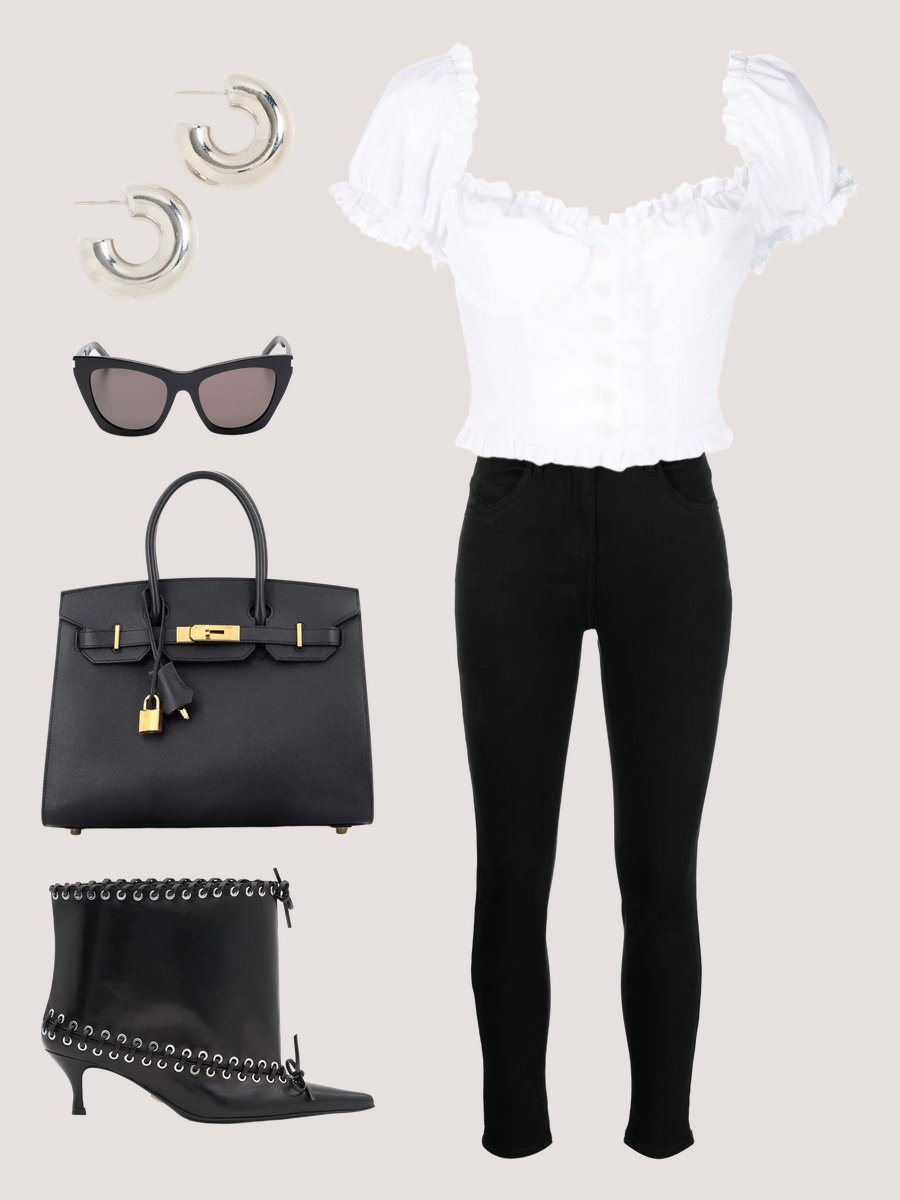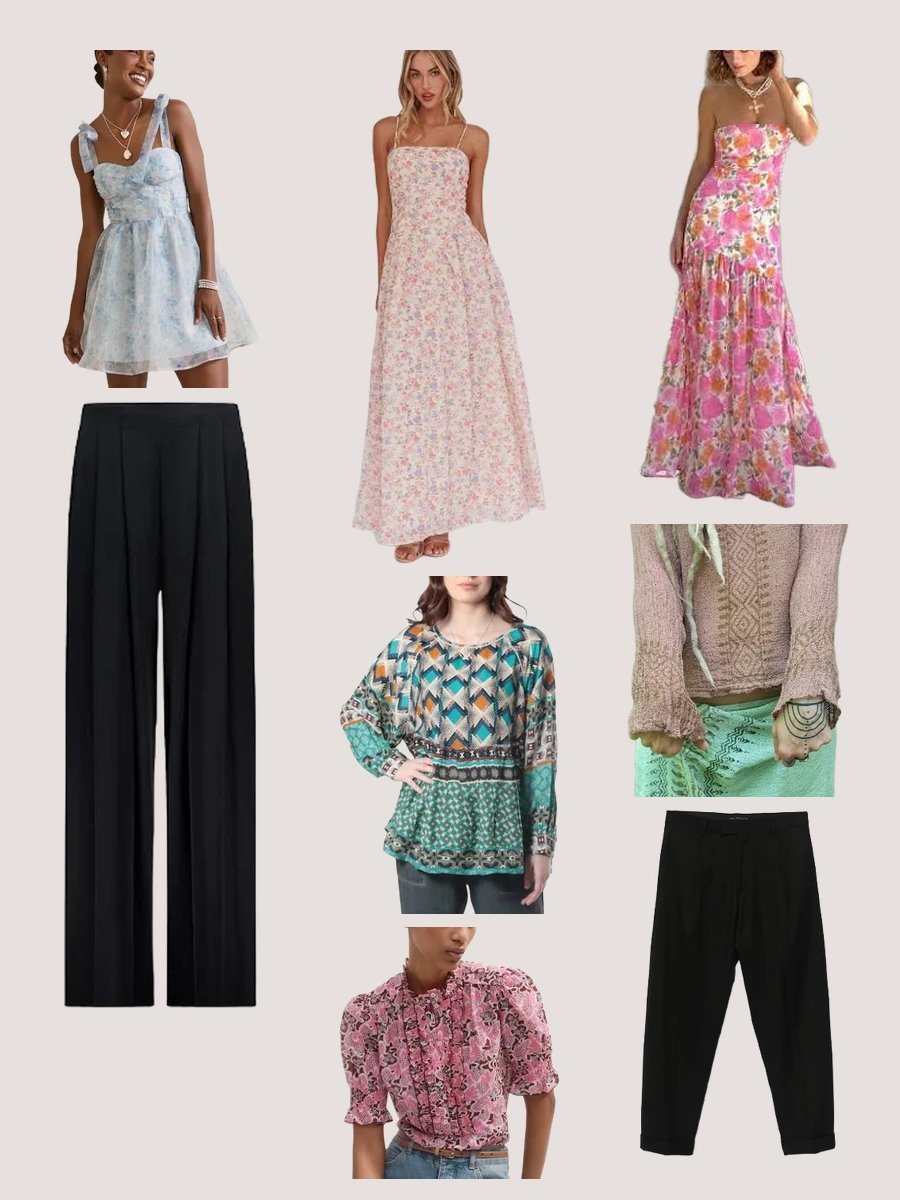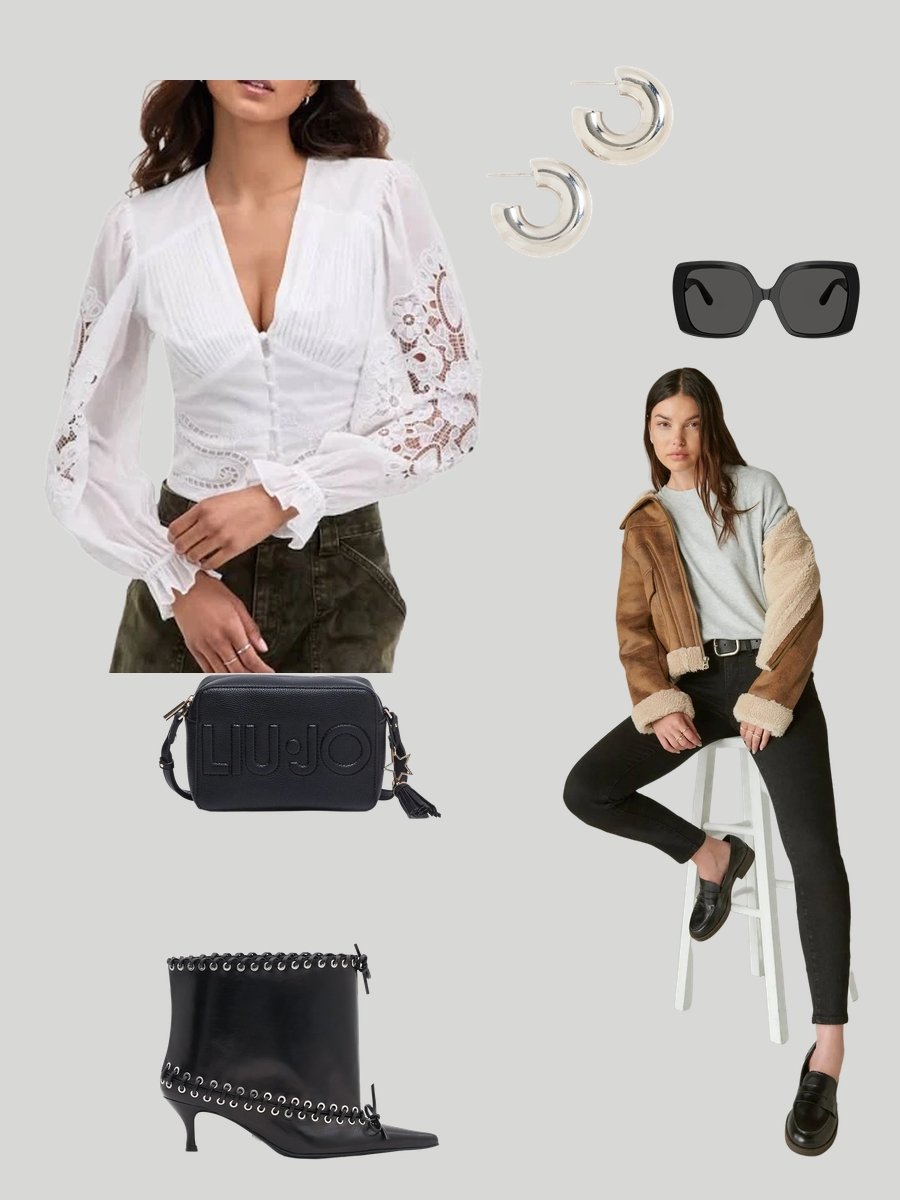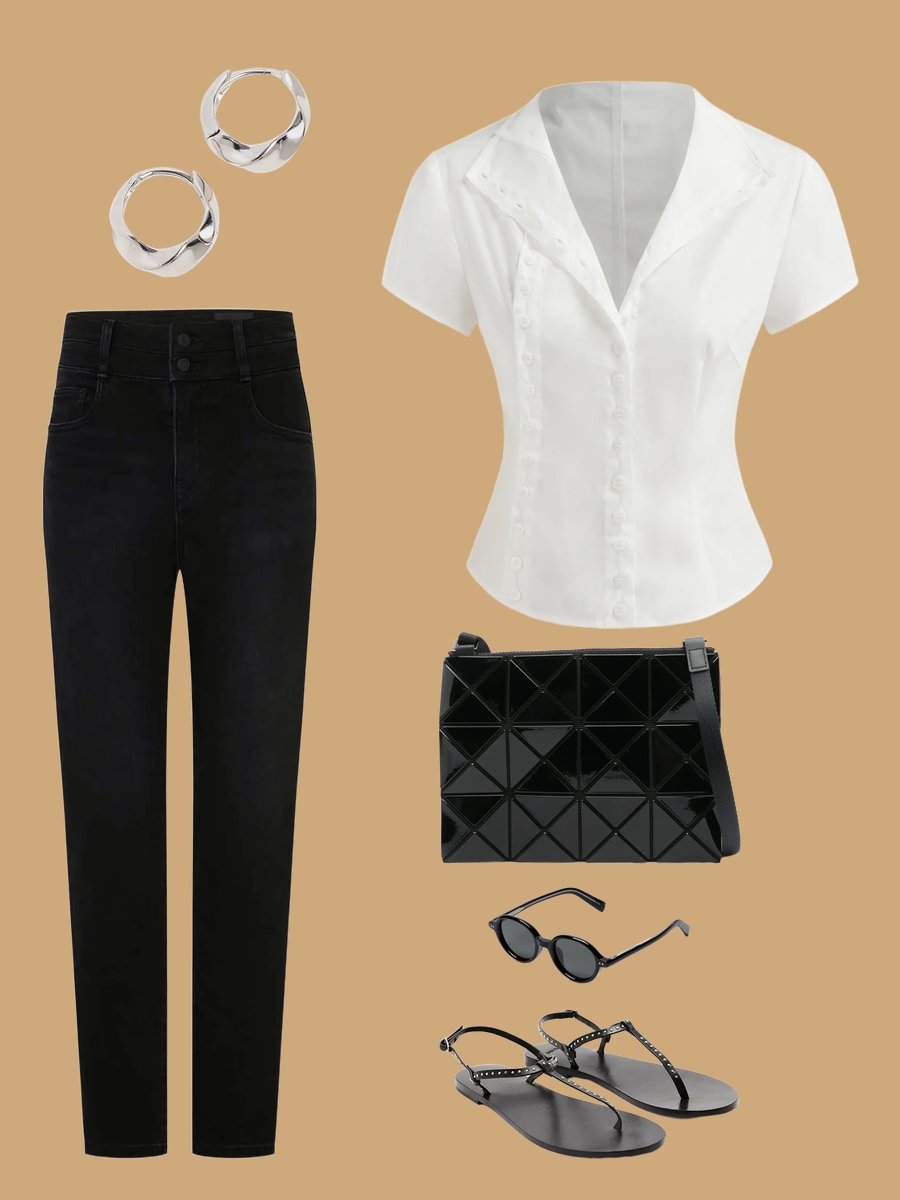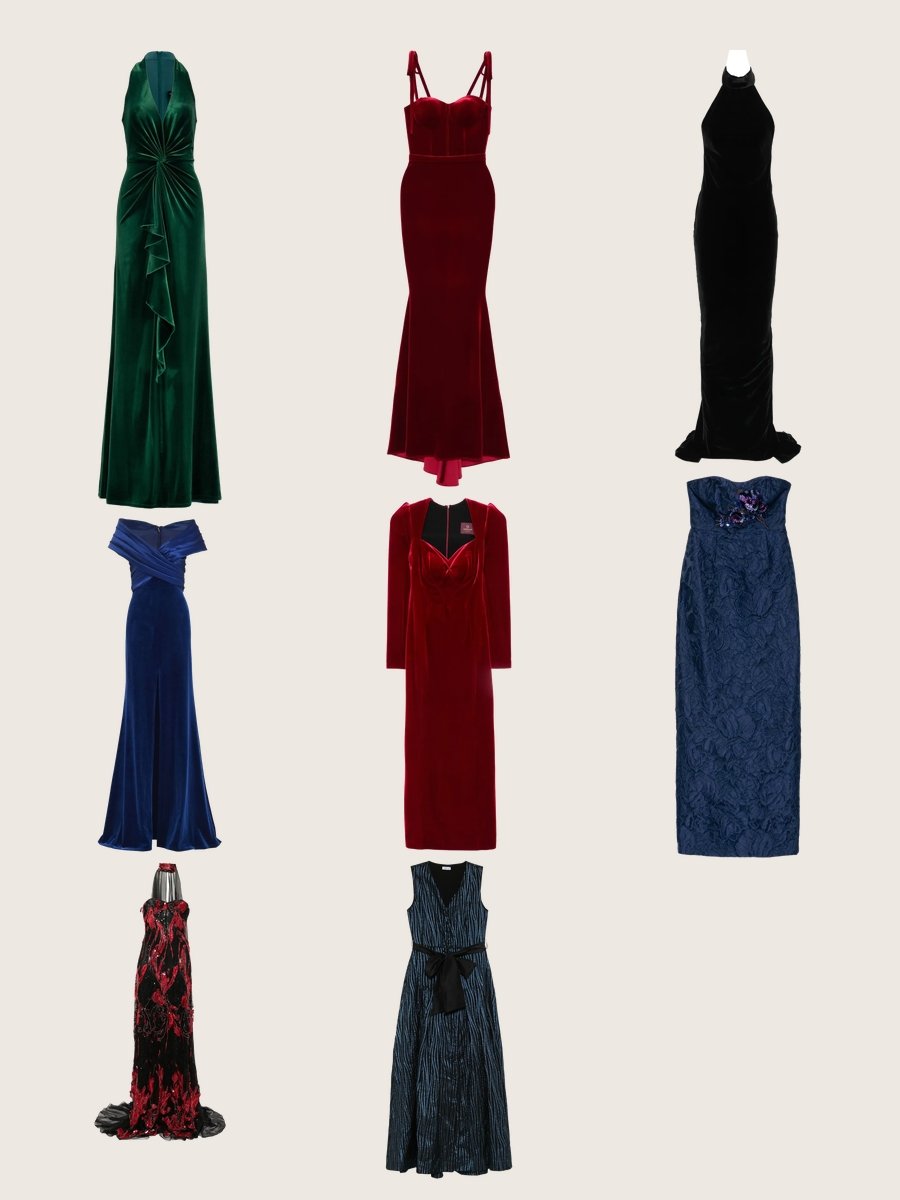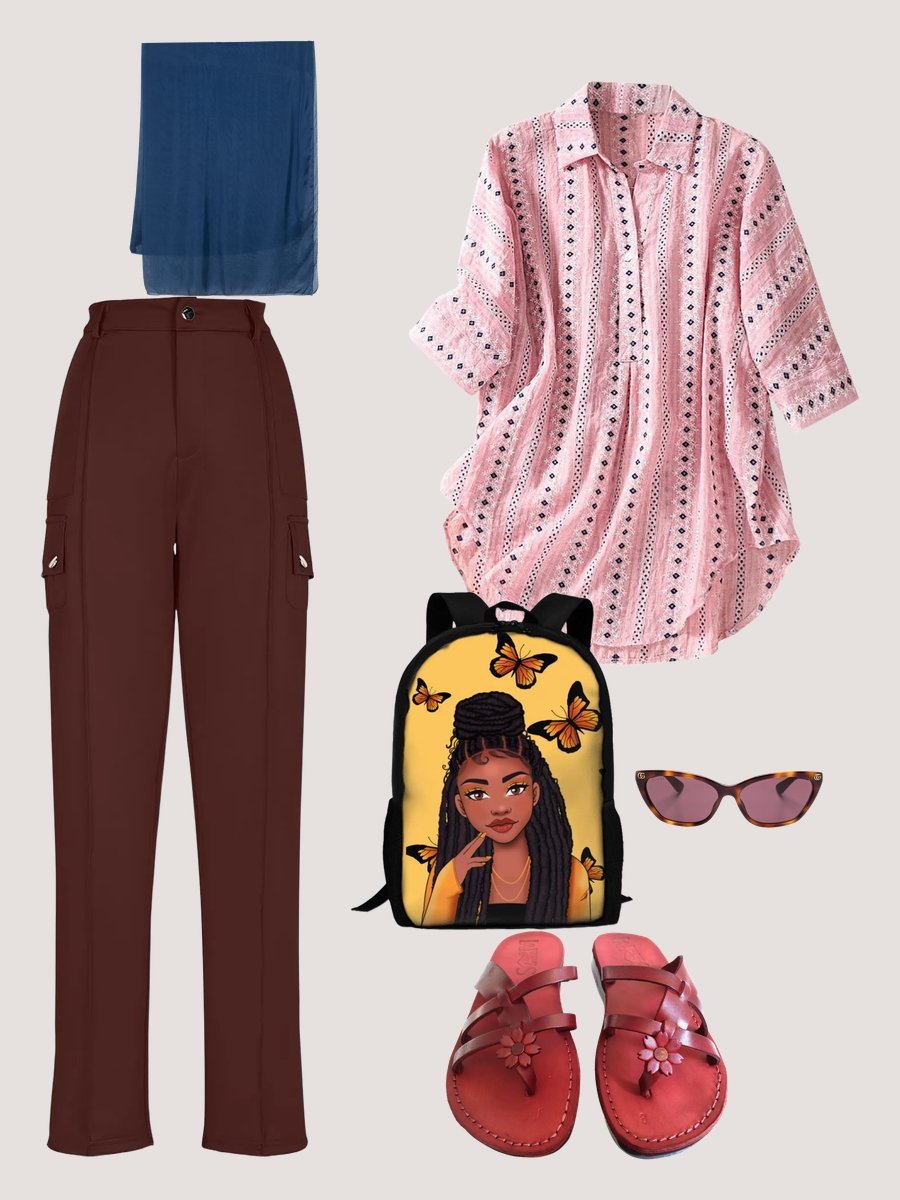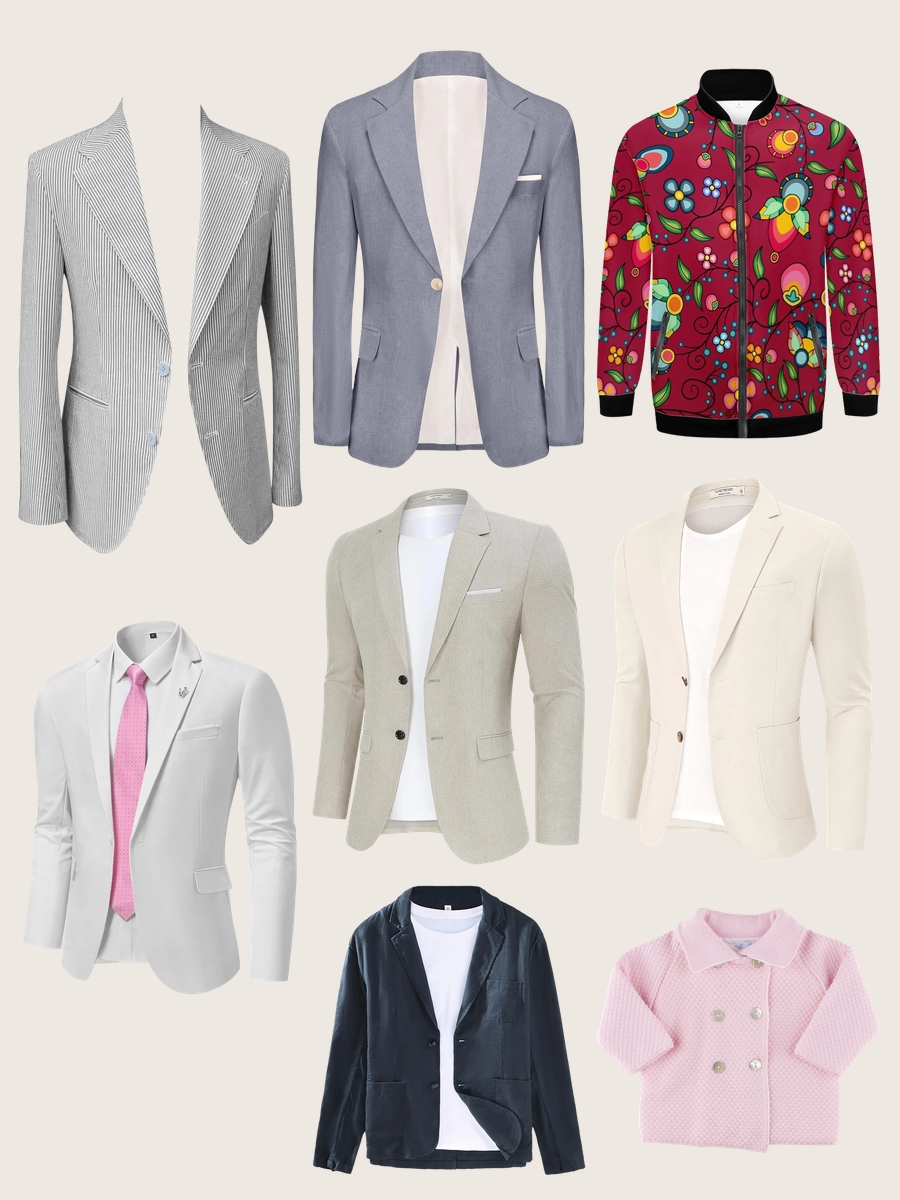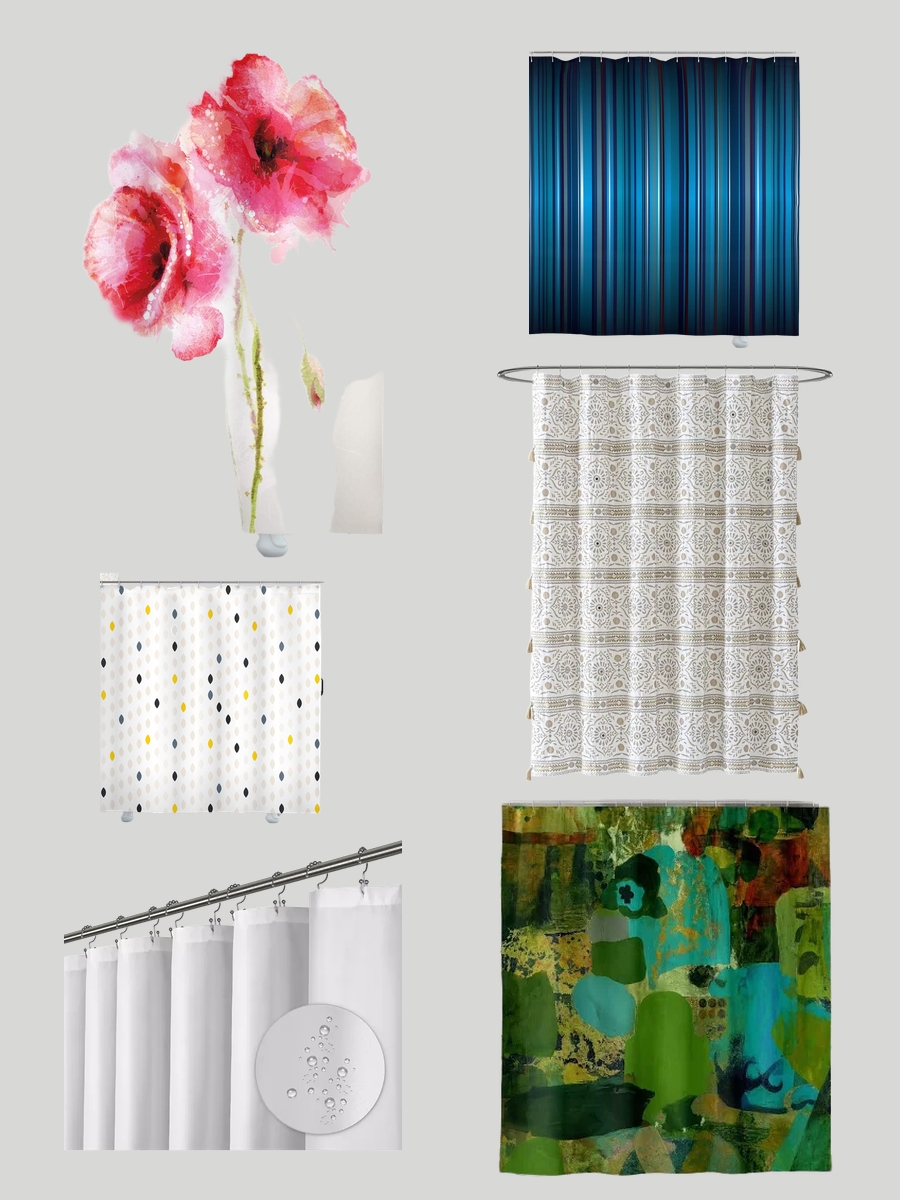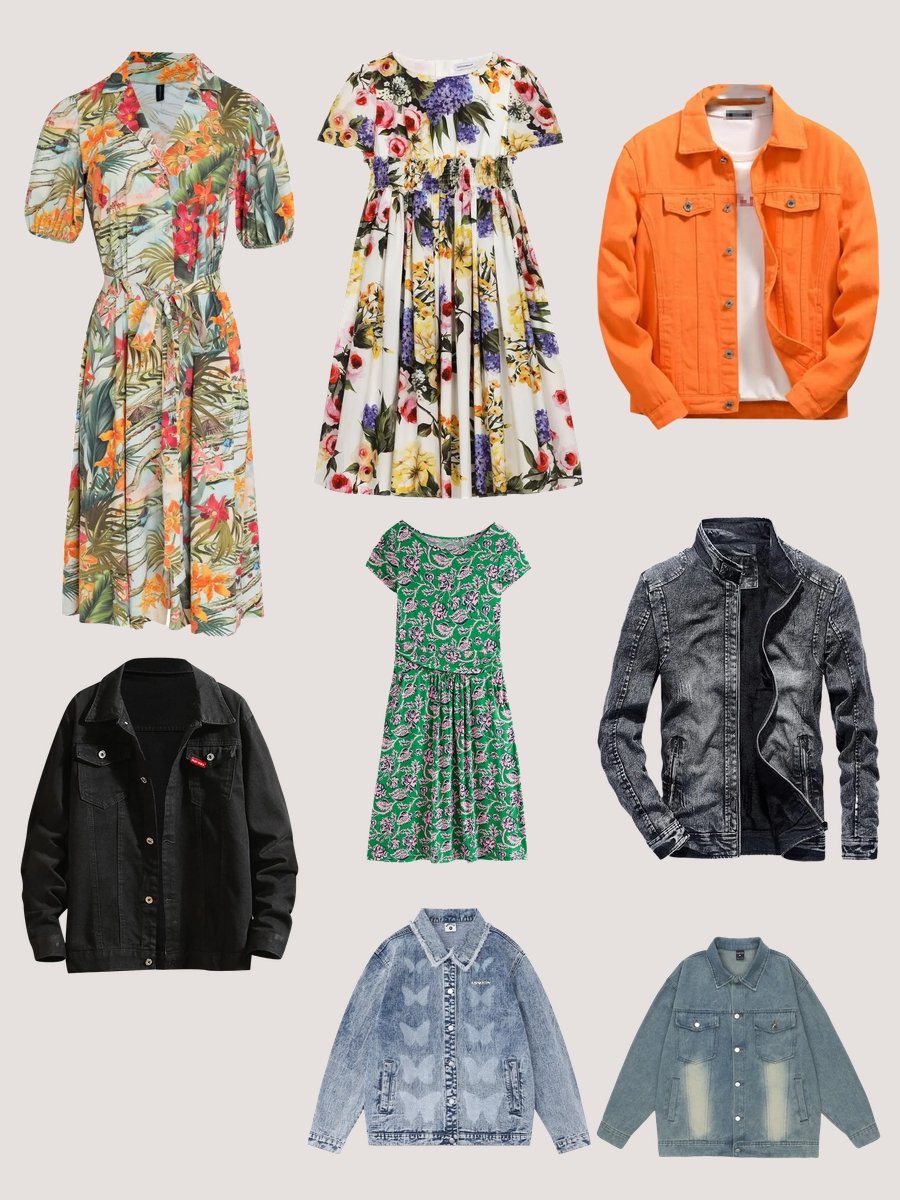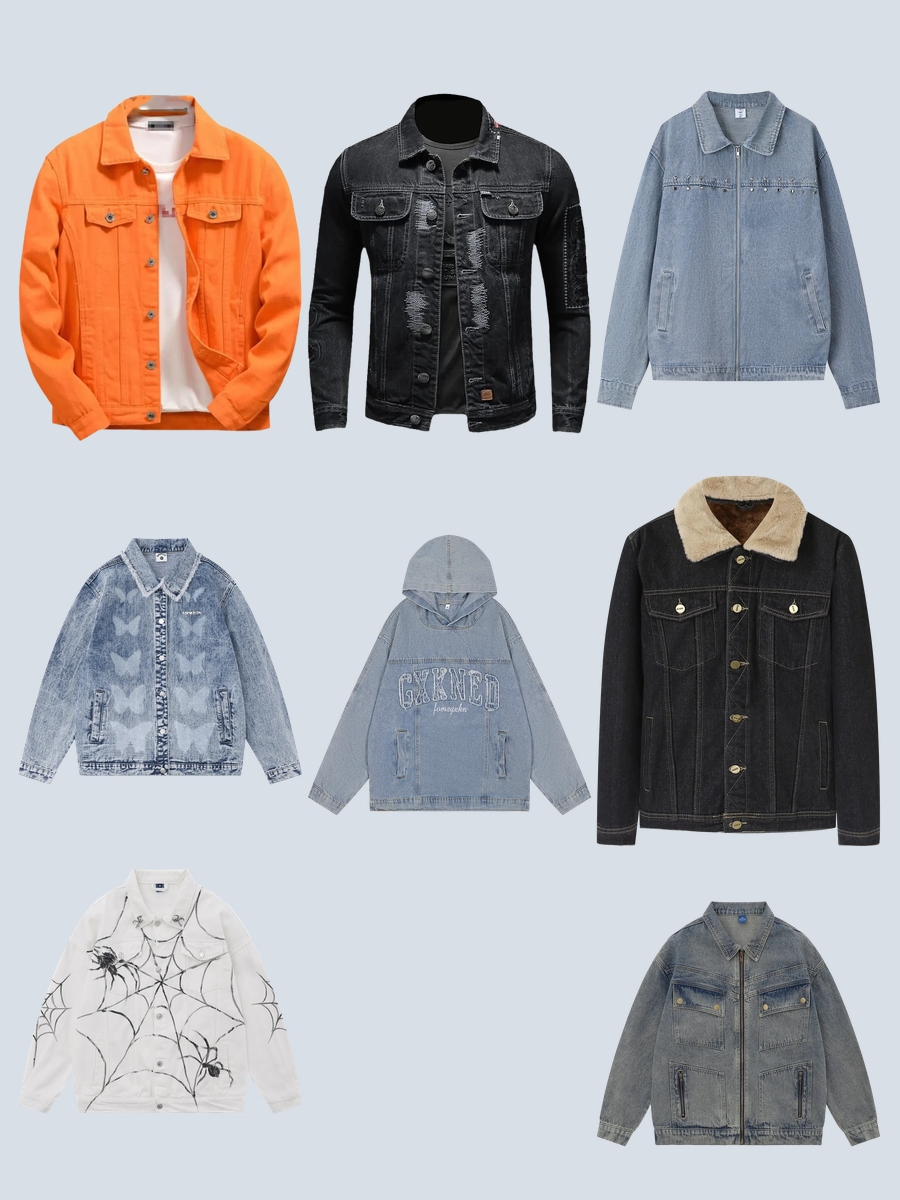There’s something enchanting about a silk floral kimono. Rooted deeply in traditional Japanese clothing, this piece gracefully melds cultural heritage with modern style. Its silk fabric feels divine a...
ChicSensei
CreatorTraditional Japanese Clothing: Timeless Elegance Redefined
0
#Traditional japanese clothing#clothes
Products

Women's Silk Kimono Robe, Floral Pattern Bathrobe, Medium Sleeve
Generic$39.90
(128)
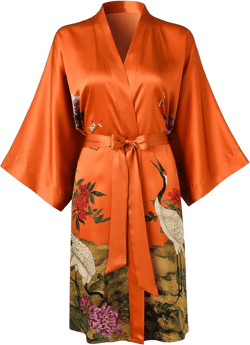
Women's Silk Kimono Robe Short Bathrobe Nightgown 100% Mulberry Silk for Women - Classic Floral Pattern One Size Orange
TicyLuck$169.00
(128)

Kimono Headband Japanese Vintage Silk Handmade Gift for Women Elastic Back S-XL or Tie Back Hairband Woven Fuchsia Florals on Black Silk
KinuMade$21.00
(128)

Kimono Reversible Headband Choose 2", 3" or 5.5” Vintage Japanese Silk Hairband Hair Covering Houses Florals + Peach Pink Grass Silk
KinuMade$25.00
(128)
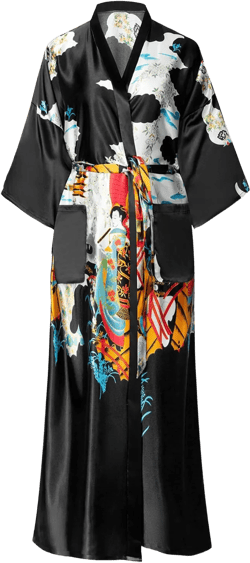
VintageClothing Women's Plus Size Satin Kimono Robes Long Floral Silky Loungewear Patterned Sleepwear Dressing Gown
VintageClothing$17.99
(128)

Women's Silk Kimono Robes Long Bathrobes Female Sleepwear Floral Print Wedding Robe Nightgown Satin Bridesmaid Robes One Size 82-green
Moreone$33.29
(128)
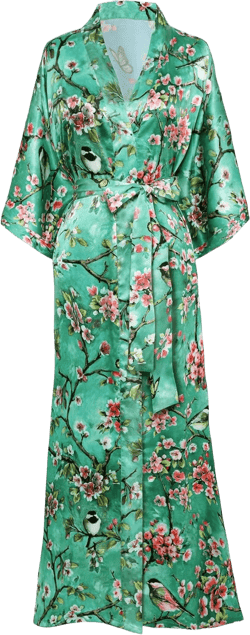
BABEYOND Floral Kimono Robe Satin Silky Wedding Robe Lightweight Long Kimono Nightgown Sleepwear One Size Green
BABEYOND$29.99
(128)

BABEYOND Floral Kimono Robe Satin Silk Wedding Robe 1920s Kimono Nightgown Sleepwear 53 Inches Long
BABEYOND$29.99
(128)



